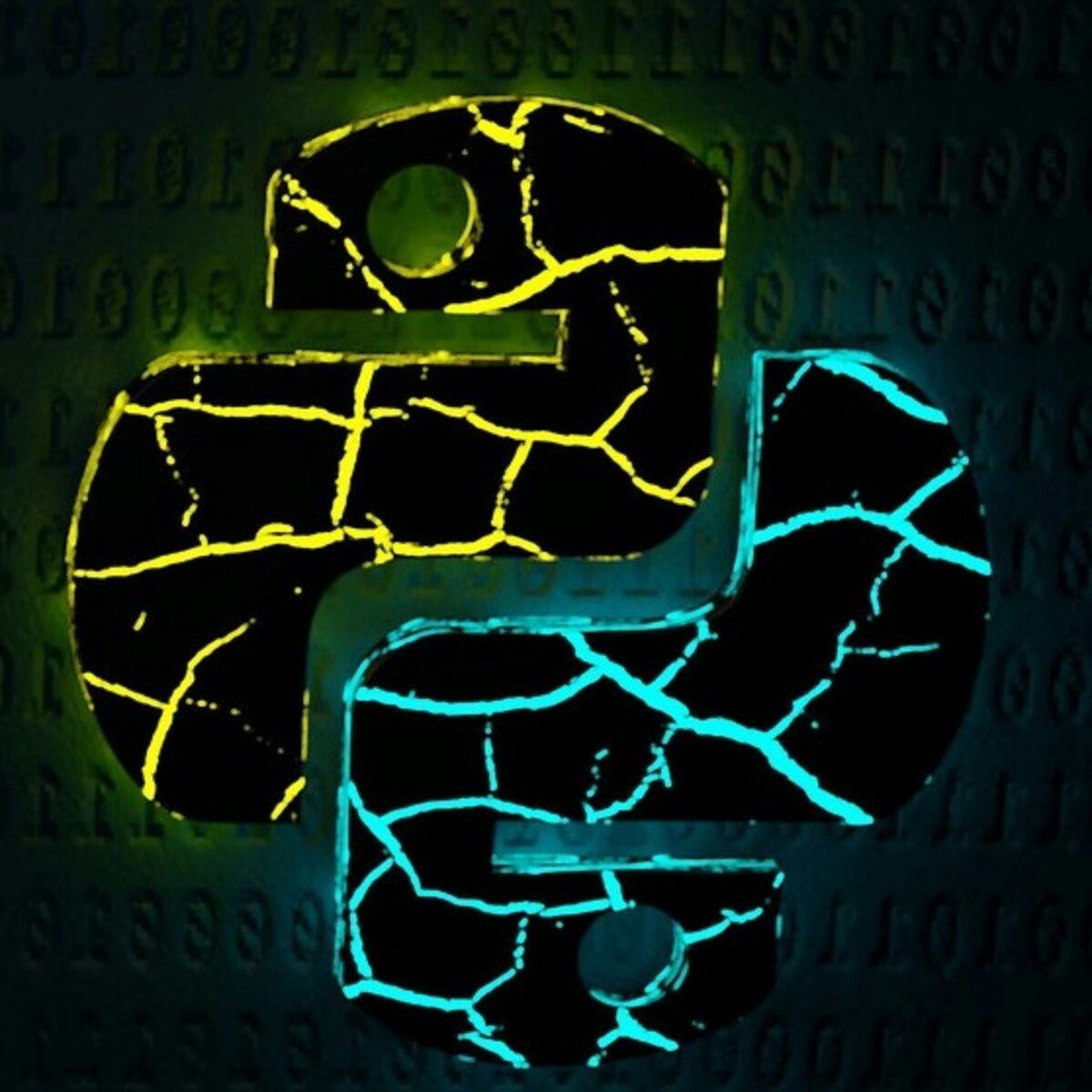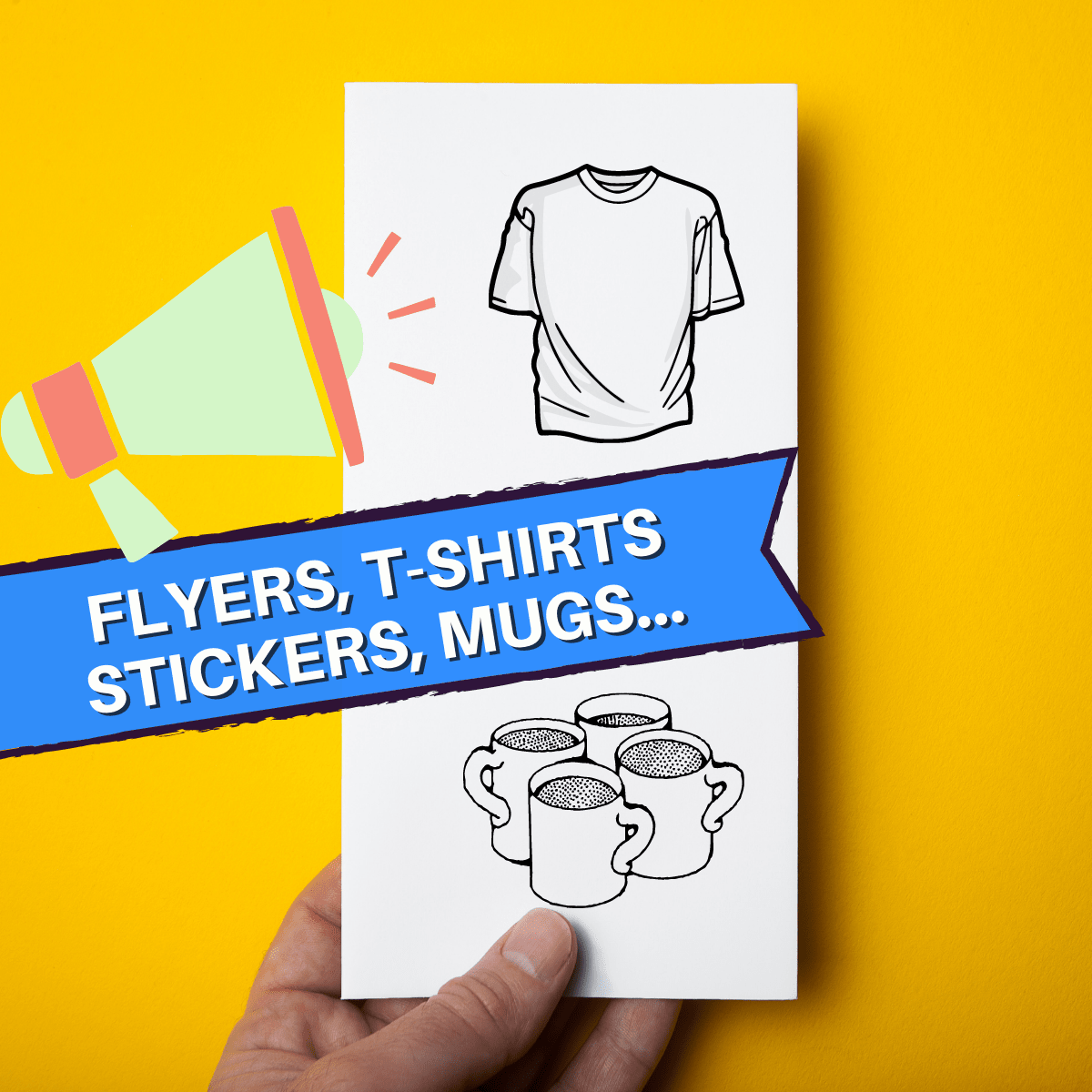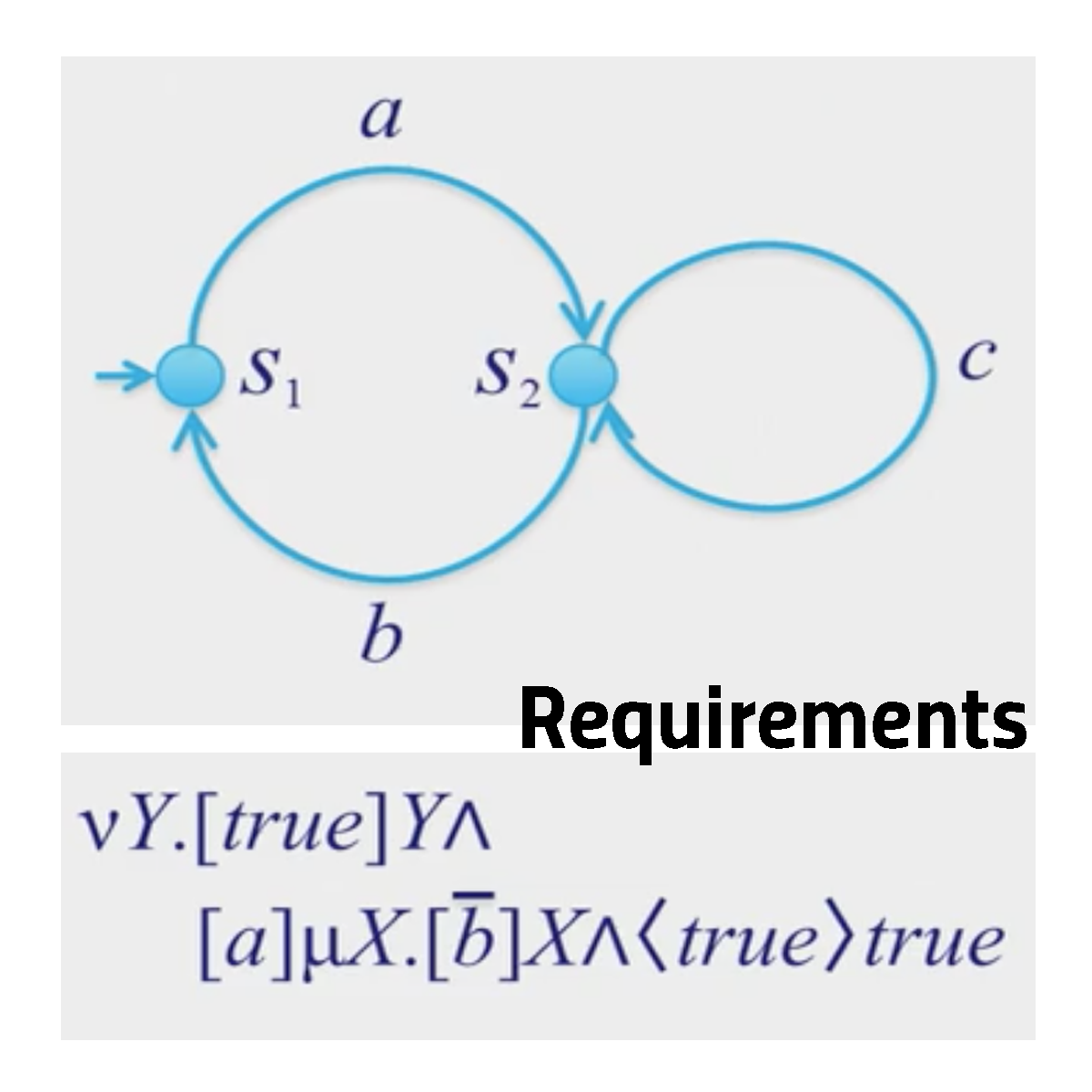Back to Courses









Design And Product Courses - Page 14
Showing results 131-140 of 512

M2M & IoT Interface Design & Protocols for Embedded Systems
This course can also be taken for academic credit as ECEA 5348, part of CU Boulder’s Master of Science in Electrical Engineering degree.
M2M and IoT Interface Design and Protocols is the third of three classes in the Embedded Interface Design (EID) specialization, an online version of the on-campus EID class taught in graduate embedded systems design. This course is focused on connecting devices to each other and to the cloud to create prototypes and actual systems that flow data from devices to consumers. The class includes an introduction to M2M (Machine-to-Machine) and IoT (Internet of Things) concepts, using the cloud to develop IoT systems (specifically AWS (Amazon Web Services) and its IoT framework), a review of common communications protocols at every level of connected devices, and other IoT design concerns such as security, message queuing approaches, and the use and design of APIs and microservices . The content ranges from general design best practices to specifics for select tools and methods, but all are presented to support developing embedded devices in IoT applications. The class includes practical projects that let you try some of standard methods in software development of prototype graphical user interfaces for devices using AWS, Python, and optionally Node.JS. This course can be taken for academic credit as ECEA 5348, part of CU Boulder's Master of Science in Electrical Engineering degree.

Autodesk Certified Professional: Inventor for Mechanical Design Exam Prep
Prove to potential employers that you’re up to the task by becoming an Autodesk Certified Professional. This online course from Autodesk prepares you by offering an overview of skills that match what is covered in the Autodesk Certified Professional: Inventor for Mechanical Design exam.
Advances in technology are changing the way we work, and the job skills demanded by industry. It’s essential for professionals to be able to demonstrate their knowledge and skills in order to be competitive and meet workforce standards. In this course, we’ll explore the professional skills defined for the Autodesk Certified Professional: Inventor for Mechanical Design exam. Through a series of lessons, practice exercises, challenge assignments, and assessments, we’ll learn and apply the Autodesk Inventor skills covered in the exam to boost your confidence and technical skills in preparation for the exam. At the end of the course, you will have the opportunity to test your knowledge by taking the practice exam that accompanies the course. It’s all about practice and preparation.
About the Autodesk Certified Professional: Inventor for Mechanical Design exam:
The Autodesk Certified Professional: Inventor for Mechanical Design exam is designed for industry professionals who possess advanced skills and can solve complex challenges in workflow and design. A certification at this level demonstrates a comprehensive skill set that provides an opportunity for individuals to stand out in a competitive professional environment. This type of experience typically comes from having worked with the software on a regular basis for at least 2 years, equivalent to approximately 400 hours (minimum) - 1200 hours (recommended), of real-world Autodesk software experience.
The Autodesk Certified Professional (ACP) certifications exams can be taken at a Pearson VUE Testing Center or through OnVUE, Pearson VUE’s online proctored environment. Candidates are given 120 minutes to complete a certification exam and should review the testing center polices and requirements before scheduling. Ready to take the exam? Schedule to take the exam online or find a testing center near you on pearsonvue.com/autodesk.
Looking for more skill-building courses? Check out Autodesk’s additional learning resources to help with your learning journey: https://www.autodesk.com/learning

Class Creation in Object Oriented Python
Python is an Object Oriented Language. Object Oriented languages allow the developer to think in terms of real-world objects, such as people, cars, and animals for example. In the procedural realm, developers think in terms of functions (or procedures) and the data those functions act on. By using objects, the data can be combined with functionality – a person has eye color, an animal has behavior etc. This can lead to programs that are easier to understand, maintain, and reuse.
In this course, you will create a Python application in which you will create a class definition, create a constructor for the class, create object instances of the class, and sort a list of objects created from a file.
Note: This course works best for learners who are based in the North America region. We’re currently working on providing the same experience in other regions.

Create a Python Application using MySQL
Data plays a crucial role in application development. It plays such a crucial role that there are people called Database Administrators that specialize in just organizing the data. The traditional database used to be, and often still is, a relational database. MySQL is one of the most popular relational databases and is backed by the Oracle corporation as well. This provides the developer with a variety of online resources.
The popularity of MySQL combined with the popularity of Python has resulted in the development of an API that makes the interface between Python and MySQL almost seamless.
In this course, you will create a Python application using Python’s MySQL Connector that creates a MySQL database containing words and their definitions. You will then retrieve words and definitions from the database table, update a definition in the database table, and display a selected word’s definition.
Note: This course works best for learners who are based in the North America region. We’re currently working on providing the same experience in other regions.

Enhance User Interface Design with Mood Boards in Miro
By the end of this project, you will be able to create a mood board that can be leveraged to enhance user interface design.
To do this, you will gain hands-on experience applying design thinking, user interface knowledge, and context from each step of the customer journey to create a mood board in the Miro online visual collaboration platform for teamwork.
Note: This course works best for learners who are based in the North America region. We’re currently working on providing the same experience in other regions.

State Estimation and Localization for Self-Driving Cars
Welcome to State Estimation and Localization for Self-Driving Cars, the second course in University of Toronto’s Self-Driving Cars Specialization. We recommend you take the first course in the Specialization prior to taking this course.
This course will introduce you to the different sensors and how we can use them for state estimation and localization in a self-driving car. By the end of this course, you will be able to:
- Understand the key methods for parameter and state estimation used for autonomous driving, such as the method of least-squares
- Develop a model for typical vehicle localization sensors, including GPS and IMUs
- Apply extended and unscented Kalman Filters to a vehicle state estimation problem
- Understand LIDAR scan matching and the Iterative Closest Point algorithm
- Apply these tools to fuse multiple sensor streams into a single state estimate for a self-driving car
For the final project in this course, you will implement the Error-State Extended Kalman Filter (ES-EKF) to localize a vehicle using data from the CARLA simulator.
This is an advanced course, intended for learners with a background in mechanical engineering, computer and electrical engineering, or robotics. To succeed in this course, you should have programming experience in Python 3.0, familiarity with Linear Algebra (matrices, vectors, matrix multiplication, rank, Eigenvalues and vectors and inverses), Statistics (Gaussian probability distributions), Calculus and Physics (forces, moments, inertia, Newton's Laws).

Design trendy Merch for your small business with Canva
At the end of this project, you will have all the basic skills to create quality and branded merchandise using the Canva platform, an online tool for creating and editing marketing visuals. You'll be able to create customizable merchandise using the various design tools, colors, and graphics offered by Canva.
This project is for beginners, people who have no knowledge of graphic design and would like to create merchandise for their brand.

Add special effects to text with Adobe Photoshop
In this project, you will learn how to add special effects to text with Adobe Photoshop. Learning these skills in Photoshop will add different effects to text when designing. You will learn how to add and fill an image in a text. You will learn different special effects that can be added to the text.
Some of the effects you will do are adding strokes to the text, warping the text, and adding a gradient overlay. These special effects that will be added to the text will give the text an enhanced and different look to the design.
When designing in Photoshop and working with text, having the skills to add special effects will enhance and benefit the design.

System Validation (3): Requirements by modal formulas
System Validation is the field that studies the fundamentals of system communication and information processing. It allows automated analysis based on behavioural models of a system to see if a system works correctly. We want to guarantee that the systems does exactly what it is supposed to do. The techniques put forward in system validation allow to prove the absence of errors. It allows to design embedded system behaviour that is structurally sound and as a side effect enforces you to make the behaviour simple and insightful. This means that the systems are not only behaving correctly, but are also much easier to maintain and adapt. ’Requirements by modal formulas' is the third course that shows you how to specify requirements for the automata in order to establish the correct relation between the requirements and the behaviour of the system. Reading material. J.F. Groote and M.R. Mousavi. Modeling and analysis of communicating systems. The MIT Press, 2014.

Create a Product Design Brainstorming with Miro
In this 1-hour long project-based course, you will learn how to create a product design brainstorming with Miro as an online collaborative interactive tool, using different whiteboard and team work techniques and models such as brainwriting and SCAMPERS, utilize user personas and action based approaches in order to design and finally streamline ideas into an action plan with a timeline workflow.
Note: This course works best for learners who are based in the North America region. We’re currently working on providing the same experience in other regions.
Popular Internships and Jobs by Categories
Find Jobs & Internships
Browse
© 2024 BoostGrad | All rights reserved